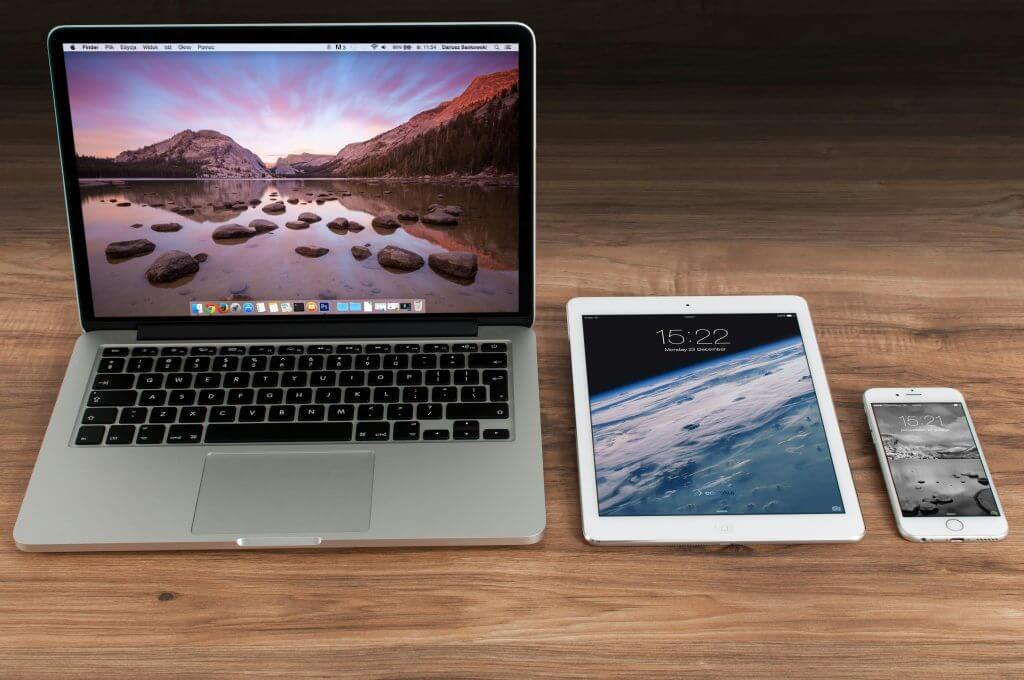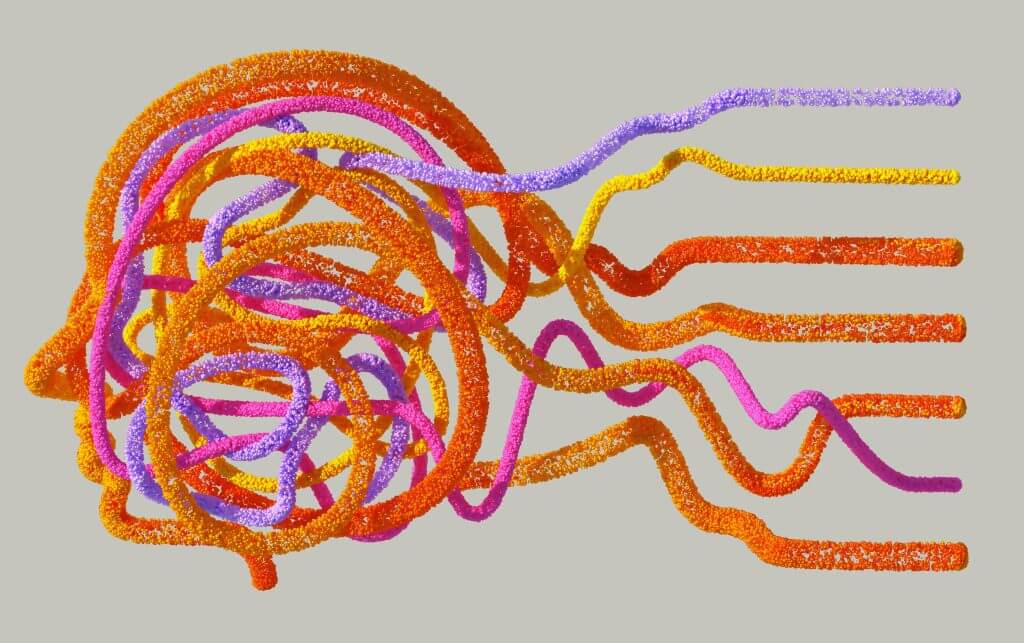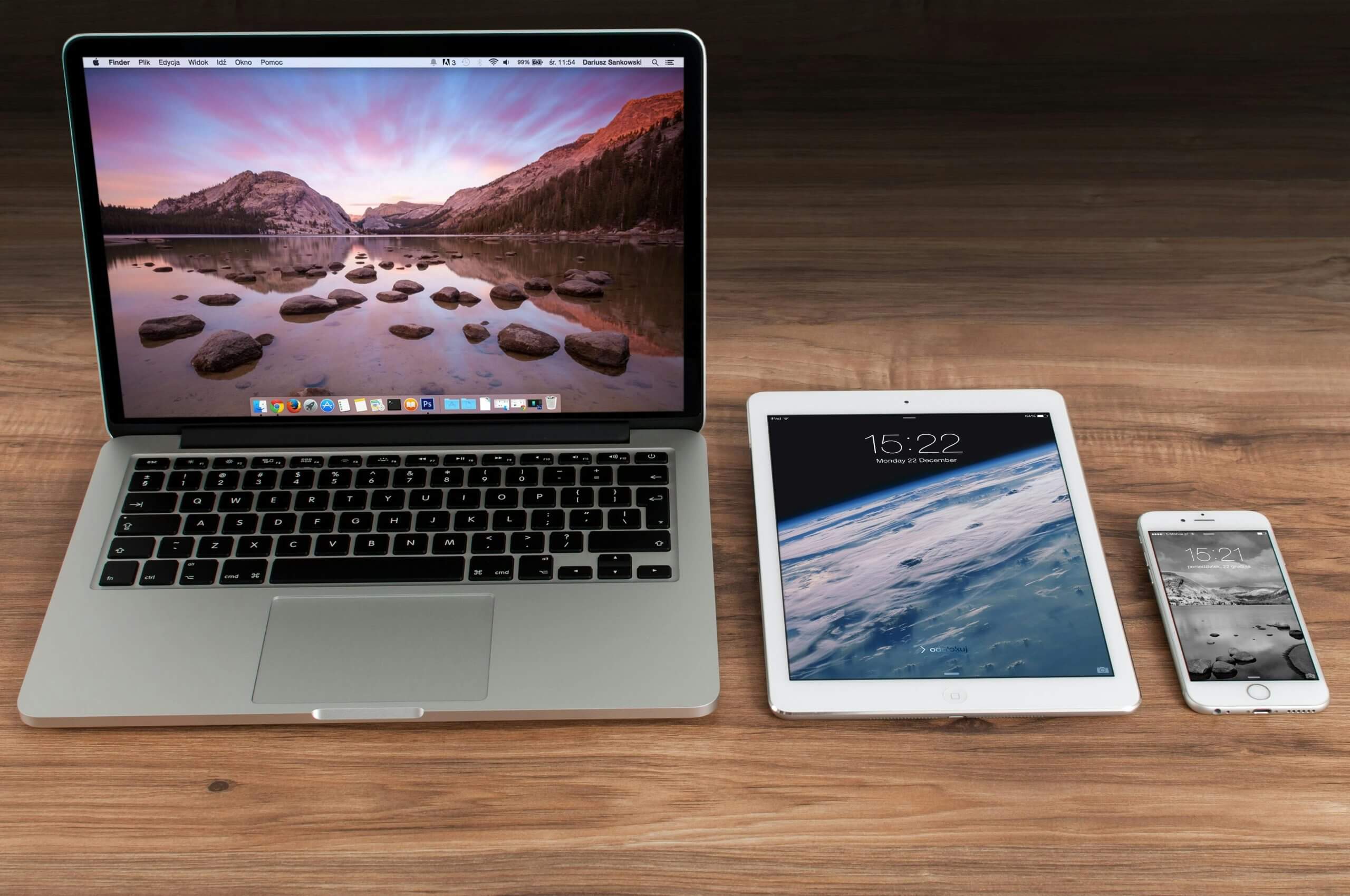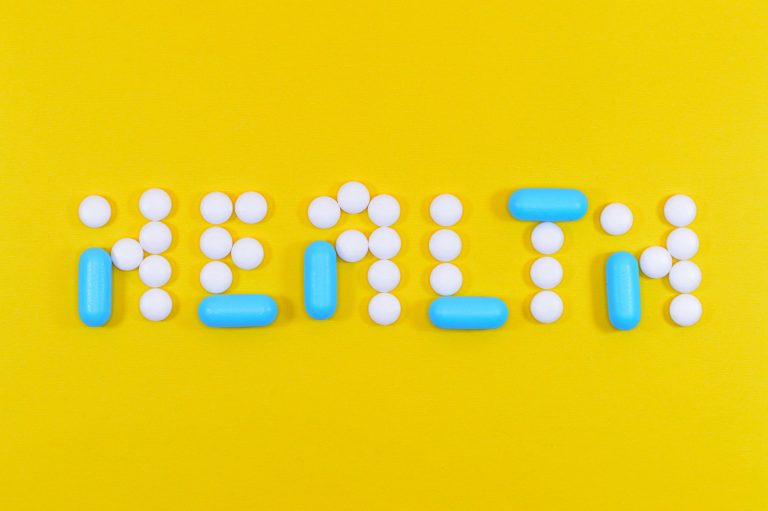Digital Addiction: How Tech is Ruining Mental Health in 2025

Table of Contents
Introduction
In 2025, our lives are more connected to technology than ever before. From sunrise to bedtime, we move between screens, notifications, and digital interactions. While tech has brought immense benefits—convenience, communication, and even emotional support—it has also created a silent epidemic: digital addiction. This modern dependence on screens is no longer just a bad habit; it’s a growing mental health concern. In this article, we explore the psychology behind digital addiction, how it impacts mental health, and what we can do to reclaim balance.
1. What Is Digital Addiction?

Digital addiction is a modern behavioral condition that refers to the compulsive and excessive use of digital technologies—such as smartphones, social media platforms, video games, and internet-based tools—even when such use leads to negative consequences.
It’s more than just “spending too much time on your phone.” Digital addiction involves an inability to control digital behaviors despite disruptions to daily life, relationships, work, or mental well-being.
Psychologists categorize digital addiction similarly to other behavioral addictions like gambling. This is because the psychological patterns are the same—dopamine-driven reward cycles, emotional dependence, and withdrawal symptoms when deprived of screen time.
One of the main distinctions between healthy tech use and addiction lies in control and impact. If someone can’t cut back on usage despite wanting to, or if their digital habits are causing stress, anxiety, sleep problems, or relationship issues—they may be facing digital addiction.
Another key factor is emotional dependency. Many individuals turn to digital devices for comfort, distraction, or validation. Over time, the habit becomes less about utility and more about emotional coping.
While the World Health Organization has not yet classified digital addiction as a formal mental disorder, many countries and mental health professionals are recognizing its growing presence—especially among teens, young adults, and remote workers.
🔗 Sources:
- Psychology Today – Digital Addiction
- Healthline – Signs of Screen Addiction
- NIH – Behavioral Addictions Overview
2. How the Brain Responds to Digital Overuse

Neuroscience shows that every time we receive a notification, a like, or a message, our brain releases dopamine—often referred to as the brain’s “reward chemical.” It’s the same chemical involved in the pleasure circuits that drive us to eat, connect, and feel joy.
This constant, unpredictable reward system is known as intermittent reinforcement—a psychological principle also used in slot machines. The brain begins to crave these small rewards, and we find ourselves checking our phones repeatedly without even realizing it.
Over time, chronic exposure to digital stimulation can lead to reduced attention span, impaired impulse control, and cognitive fatigue. The more we multitask across different screens, the more we condition our brains to expect constant input, making it harder to concentrate on deep or meaningful tasks.
Young users, especially teens and students, are the most affected. Studies show that digital multitasking significantly lowers academic performance and weakens emotional regulation. The brain becomes trained to expect distraction, which negatively impacts learning and emotional resilience.
These effects don’t just fade after a day offline—they build over time. Just like other behavioral addictions, digital overuse rewires the brain’s reward system, making natural joys like conversation, nature, or hobbies feel less stimulating.
🔗 Sources:
- Harvard Health – Dopamine and Technology
- Frontiers in Psychology – Effects of Multitasking
- Verywell Mind – What Is Dopamine?
3. The Rise of Digital Dependency in 2025

In 2025, digital technology is not just part of life—it is life for many people. From work meetings to online dating and from entertainment to therapy apps, we’re more plugged in than ever before.
The average adult now spends over 10 hours a day on screens. That includes scrolling, messaging, streaming, working, and even sleeping next to devices. This level of exposure has shifted us from digital users to digital dependents.
What’s driving this change? A big factor is the rise of hyper-personalized content algorithms. Social media platforms and digital news feeds are now powered by AI that learns your behavior in real-time—delivering content designed to keep you engaged, even if it’s harmful or emotionally draining.
Remote work and digital companionship tools also contribute to this growing dependence. Many people rely on virtual assistants, AI chatbots, and online platforms for emotional support, productivity, and even intimacy.
This dependence isn’t just a habit—it has become an emotional tether. People report feeling restless, irritable, or anxious when separated from their devices, a phenomenon now known as “tech separation stress.”
Psychologists warn that digital dependency is blurring the line between real and virtual experiences, making offline life feel boring, unproductive, or even unsafe.
🔗 Sources:
- Pew Research – The Future of Digital Spaces
- https://www.bbc.com/future/article/20200826-the-reason-you-cant-put-your-phone-downForbes – Digital Dependency Is the New Normal
- BBC – Why We Can’t Put Our Phones Down
4. Mental Health Effects of Digital Addiction
Digital addiction doesn’t just impact how much time we spend online — it affects our emotional well-being on a deep, neurological level.
In 2025, research consistently shows a direct correlation between screen overuse and rising levels of depression, anxiety, and chronic stress. Platforms like Instagram and TikTok are designed for engagement, but they often fuel comparison, self-doubt, and low self-esteem.
One of the most damaging side effects is what’s known as “doomscrolling” — endlessly consuming negative news or content. This behavior activates the brain’s stress response system, keeping people in a near-constant state of low-level anxiety.
Sleep disruption is another widespread issue. The blue light emitted by screens interferes with melatonin production, leading to delayed sleep cycles, insomnia, and poor-quality rest. Over time, sleep loss contributes to fatigue, irritability, and emotional instability.
Mental health professionals also warn about the impact on motivation and real-life joy. As the brain becomes accustomed to rapid dopamine bursts from screen interaction, it begins to feel numb to slower, more natural forms of pleasure — like hobbies, walks in nature, or in-person conversation.
This neurological and emotional depletion creates a dangerous loop: people feel worse offline, so they turn back to digital platforms for escape — deepening their reliance on the very thing that’s hurting them.
✅ Looking to rebuild healthier habits?
Read our in-depth guide on Health Benefits of Intermittent Fasting, where we explore how daily lifestyle changes — even small ones — can restore clarity, balance, and mental health.
🔗 Sources:
- APA – Stress, Technology, and Social Media
- Sleep Foundation – Blue Light and Sleep
- Healthline – Effects of Doomscrolling
5. Youth & Teen Vulnerability

Today’s teens and children are the first generation to grow up fully immersed in digital life — from tablets in preschool to social media by age 10. In 2025, many are introduced to screens before they even learn to speak.
This early exposure is rewiring developing brains to seek fast gratification, constant stimulation, and external validation. The result? A growing vulnerability to digital addiction at a critical stage of emotional and cognitive growth.
Studies have linked excessive screen time to symptoms resembling ADHD, such as difficulty focusing, hyperactivity, and impulsive behavior. But it’s not just attention — their mental health is also at risk.
Young users, especially teens, are highly susceptible to comparison, cyberbullying, and social pressure online. Their self-worth often becomes tied to likes, shares, and digital popularity — creating a fragile emotional foundation.
Excessive screen exposure also reduces real-life social skills, as teens spend more time texting or scrolling than engaging in face-to-face conversations. This has led to a rise in social anxiety, depression, and emotional detachment in adolescents globally.
What’s especially concerning is how these patterns are forming lifelong habits. The earlier the addiction starts, the harder it becomes to break — which is why experts are calling for more digital literacy education in schools and homes.
🔗 Sources:
- UNICEF – Child Online Safety Toolkit
- NIH – Impact of Screen Time on Youth
- Common Sense Media – Teens and Tech
6. Social Media and the Illusion of Connection

Social media was built to bring us closer — but in 2025, it’s often doing the opposite.
While platforms like Instagram, TikTok, and Snapchat give the illusion of connection, many users report feeling lonelier and more disconnected than ever. That’s because social media interactions — likes, comments, stories — offer shallow validation, not real emotional support.
These platforms are engineered to maximize engagement, not well-being. They keep users hooked with endless scrolls and highlight reels that make other people’s lives appear perfect. The result? A constant loop of comparison, self-doubt, and FOMO (fear of missing out).
Even mild use of social media has been linked to increased levels of social anxiety, depression, and reduced life satisfaction. People spend more time watching others live than living themselves — and the brain begins to feel that digital interaction is a substitute for real intimacy.
What makes this more harmful is how subtle it is. Most users don’t realize how drained they feel after scrolling — but their self-esteem quietly erodes, their confidence falters, and their sense of connection weakens.
In short, the more we chase digital closeness, the more emotionally distant we become.
🔗 Sources:
- Harvard – The Social Media Paradox
- Frontiers in Psychology – Social Media & Mental Health
- Verywell Mind – Social Media Effects on Mental Health
7. Case Studies & Data from 2025
If the emotional effects of digital addiction still feel abstract, the data from 2025 speaks volumes.
A recent Global Digital Wellness Survey found that 61% of people feel anxious after just one hour offline. This constant need to stay connected isn’t just preference — it’s a symptom of growing digital dependency.
A World Health Organization (WHO) study published this year showed that individuals who spend more than 8 hours per day on screens have a 30% higher risk of developing anxiety disorders. Even worse, the risk increases in younger users and those who rely on social media for emotional support.
In response to this growing crisis, downloads of mental health and wellness apps have increased by 120% since 2024. More people are turning to tech to manage the very stress it creates — a paradox that continues to raise concern among psychologists.
In workplaces, productivity has been taking a hit too. Companies have started implementing focus apps and browser blockers to limit social media use during work hours, reporting higher engagement and improved employee well-being as a result.
The message is clear: we’re using data to finally acknowledge what many have felt for years — our relationship with technology is out of balance, and it’s time to reset.
🔗 Sources:
- WHO – World Mental Health and Digital Wellness
- Digital Detox – Trends and Reports
- Statista – Global App Usage 2025
8. Can You Be Addicted to AI or Virtual Companions?

In 2025, a new wave of digital addiction has emerged: emotional dependence on AI companions. From chatbots that simulate relationships to virtual assistants offering support, many people are turning to these artificial entities for companionship and emotional engagement.
While these technologies can provide temporary relief from loneliness, they come with their own set of challenges. Unlike human relationships, AI companions don’t require effort, vulnerability, or real emotional investment. They offer a safe haven from real-world complexity, but at a cost.
Psychologists warn that relying on AI for emotional fulfillment can stunt emotional development. It prevents individuals from developing the skills necessary for real human connections—like empathy, conflict resolution, and vulnerability.
As virtual companions become more lifelike, some users are starting to form real emotional attachments, blurring the lines between human connection and artificial interaction. This can lead to unrealistic expectations for future relationships with actual humans, who may never match the “perfection” of a bot.
This rise in virtual companionship is not just a trend, but an indication of a deeper cultural shift: the desire for immediate, stress-free interaction is now shaping the way people form emotional bonds. And while AI can help alleviate short-term isolation, it’s important to remember that real connection still requires real effort.
🔗 Sources:
- MIT Technology Review – AI Companions
- Psychology Today – The Future of AI in Emotional Relationships
- Vox – The Rise of Virtual Companions
9. Steps to Reclaim Control: Healing from Digital Addiction
Breaking free from digital addiction doesn’t require an all-or-nothing approach. It’s about reclaiming control over your relationship with technology.
Start by tracking your screen time. Many smartphones now offer built-in tools to see how much time you spend on each app. Identify which apps or platforms drain the most energy and time. This awareness is the first step toward making intentional changes.
Digital detoxing is a powerful strategy. Set aside designated times each day to unplug completely—whether it’s for a few hours in the morning, during dinner, or before bedtime. Studies have shown that even a short break from screens can reduce stress and improve sleep quality.
Another effective tool is limiting notifications. By turning off unnecessary push alerts, you prevent your phone from constantly interrupting your thoughts, which can reduce the temptation to check apps repeatedly.
It’s also important to engage in offline activities that recharge your brain and emotions. Physical exercise, journaling, or spending time in nature can create a sense of balance and well-being, making it easier to resist the urge to dive back into digital distractions.
Therapy, especially cognitive-behavioral therapy (CBT), is another option for individuals struggling with severe digital addiction. CBT can help you identify underlying emotional triggers and develop coping mechanisms for managing anxiety or stress without relying on technology.
Finally, support groups and accountability partners can help you stay committed to your detox goals. Having someone to talk to about your journey can make the process easier and more sustainable.
🔗 Sources:
- Cleveland Clinic – Digital Detox Guide
- Harvard Health – Reducing Screen Time
- Psychology Today – CBT for Digital Addiction
10. Creating a Healthier Tech-Life Balance
In 2025, the key isn’t to cut technology out of our lives, but to use it intentionally.
Mindful tech usage begins with setting clear boundaries. You don’t have to abandon your phone, but you do need to make conscious choices about when and how you engage. Start by scheduling screen-free hours — especially before bed. This helps you wind down and improves sleep quality by reducing the impact of blue light on melatonin production.
Designate tech-free zones in your home, such as the dining table or bedroom, to encourage face-to-face interactions and rest. These small changes can help reclaim a sense of balance and emotional health.
Instead of scrolling endlessly on social media, replace it with activities that nourish your mind and soul. Journaling, reading, or engaging in creative hobbies can bring you joy and clarity without a screen in front of you.
Many tech devices now include well-being features that allow you to track screen time or set limits. Use these tools as reminders to take breaks, step away from your phone, and reconnect with the real world.
Ultimately, creating a healthy tech-life balance is about understanding that technology is a tool, not a crutch. It should support your life, not dominate it. By setting limits and creating mindful habits, you can enjoy the benefits of digital tools while protecting your mental and emotional well-being.
🔗 Sources:
- NPR – Creating Healthy Tech Habits
- Psychology Today – Digital Wellness
- The New York Times – Healthy Tech Usage
Conclusion
As we move deeper into 2025, digital addiction is becoming one of the most pressing concerns for mental health. Our increasing reliance on screens for connection, work, and entertainment is having profound effects on our brains and well-being.
While technology has brought many advancements, it’s important to acknowledge the psychological costs of digital overuse. By becoming aware of the impact it’s having on our mental health, we can begin taking steps to regain balance and build healthier relationships with our devices.
Reclaiming control is a gradual process, but by setting boundaries and practicing mindfulness, we can create a healthier tech-life balance that nurtures our mental health and overall well-being. Let’s move towards a future where we use technology to enhance our lives, not control them.
If you’re looking for additional ways to improve your health and mental clarity in 2025, try intermittent fasting. It’s one of the most effective ways to reset your mind and body, helping you feel more focused, energized, and emotionally balanced.
Read more about the health benefits of intermittent fasting in our previous post:
Health Benefits of Intermittent Fasting




One Comment